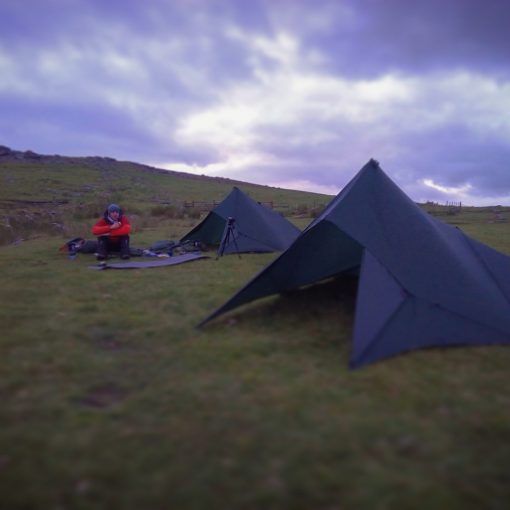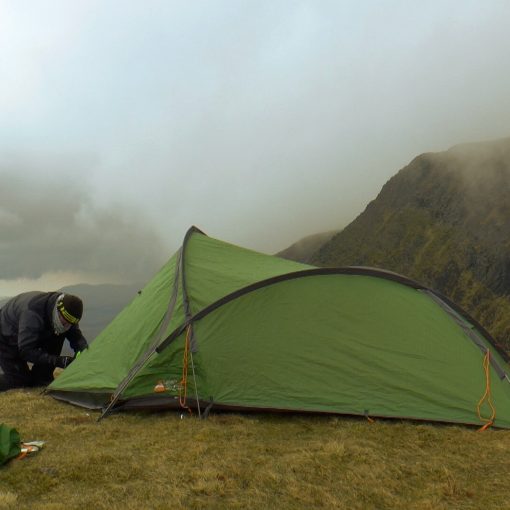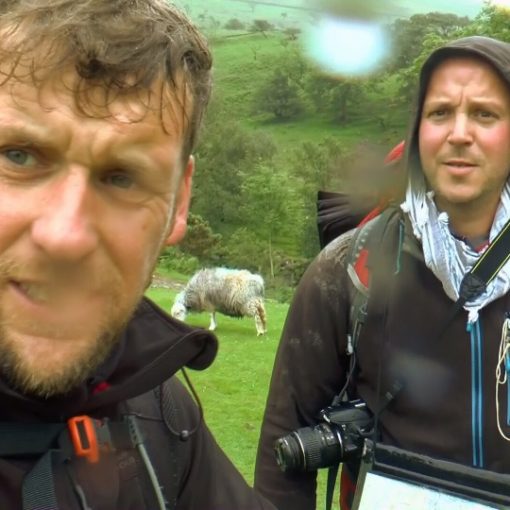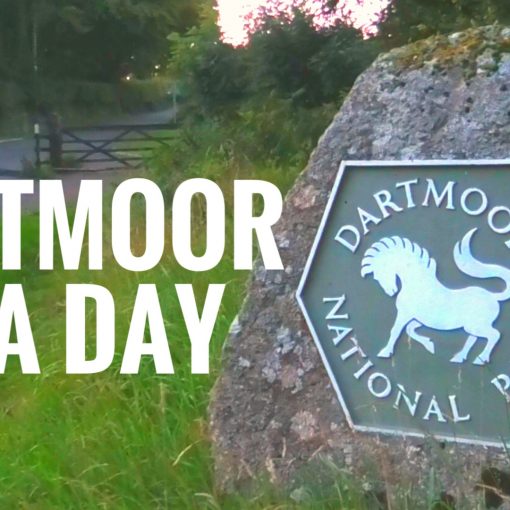A Navigational error, or an error in neglecting your navigation skills?

It would be impossible for me to write a blog on how to navigate in the hills, in part, this is because I am still learning myself. So, I would like just to highlight its importance.
If you have ever watched an episode of Summit or Nothing, the humour in me and Trev wandering around a mountain side, lost, and blissfully unaware that we are blindly stumbling towards a cliff edge with a 200ft drop, while cursing at each other, the weather, and whatever else takes our fancy, will not have escaped your notice.
However, the need for good navigation skills should not be taken lightly. Navigation is a very important and a necessary skill. Good navigation and route planning will negate many dangerous and unpleasant scenarios that play out on the hills. Basic navigation can be learnt from a good book and a bit of practice in familiar surroundings, but rest assured, that if you wish to walk in mountains and their fickle weather, this will likely need to be expanded upon by someone with experience who can demonstrate some more advanced techniques.
A good starting point I would recommend would be a copy of ‘Navigation in the Mountains’, a mountain training UK publication and part of a series of 5 books displaying all of the necessary theory and skills for Hill Walking and Mountaineering in the UK all year round. They are very well laid out with diagrams and illustrations to help explain their points. A little practice with the map and compass and you will be away.

There are many hiking and rambling clubs across the UK where you may be able to learn these skill from the safety of a group, and you will be able to benefit from the experience of others. It may even be worth attending a course of some kind where your abilities can be tested before heading out on your own.
The ability to navigate accurately, and to measure your rate of progress against your objective is a skill, or maybe even an art form. When planning a route from the comfort of your own home, or the B&B, it is easy to look at a flat map and think it all looks quite straightforward. While walking in mountainous or more complicated terrain with less obvious points of interest, it is possible to get lost and disorientated even in fair weather. I have been guilty myself of trying to make the map and the lay of the ground match up to convince myself I am in the right place. Your mind will play tricks on you if you are not experienced and careful.
Due to inexperience and my own arrogance, I managed to lead Trev and myself in a 180-degree turn on the top of Ling Mel in the lake district, and nearly off the aforementioned 200ft Cliff.
Another time, whilst hiking in Snowdonia on an August Bank holiday weekend I lead us straight past a 3000+ft mountain – Tryfan. Admittedly, visibility was terrible, but this only serves to better make my point. We were fortunate to be able to ask for assistance from two passers-by. They were kind enough to help us back onto the right path. (The exact opposite direction from which we came), although I question their confidence in us finding our way back again, as they also showed us which wild berries were edible.

While struggling on a summers day on Dartmoor at Belstone we met an older gentleman who was walking on the moors in the mist and fog without even a map or compass who asked us for directions. I can’t begin to express how f****d he was! I mean, he was in good shape, and seemed happy enough, but if you have no map and your asking me and Trev for directions on a misty day on the moors….. well, seriously,… good luck! Hahaha.
In summary, if you are serious about hiking and walking in the mountains, then I cannot stress the point enough. Any time and effort spent learning the art of navigation is a wise investment. Many people choose to use modern GPS units and mobile phones for their navigation, and on a fair day with spare batteries and good reception, this is fine. But a map and compass will not run out of battery life, nor do they lose signal. I would imagine that any instructor will emphasise the importance of the map and compass and the experience to use it when teaching a group how to enjoy the wilder parts of Great Britain.
Check out our YouTube channel here for some quality outdoor adventure, hiking and wild camping videos, and be sure to subscribe! And take a look at the video below where Nath has a ook at Navigational Pacing.





Leave a Reply